New US healthcare industry data from Indeed points to the shocking statistic that up to 1 in 3 healthcare workers are planning to leave their job in the next 12 months, and 14% plan to leave the industry altogether.
And with hiring still tough thanks to post-pandemic industry changes and tougher economics, providers and hiring managers could see an existing headache get worse.
So what’s causing the ‘big quit’, and how can savvy recruiters stay ahead of the game and avoid being left with a swathe of open vacancies all of a sudden?
Natural attrition and retirement
First, some good news: Leaving a job isn’t a total disaster for the industry. Switching companies, pushing for a promotion, or stepping into retirements are all natural progressions. But they can be micro-disasters for those who regularly hire for these roles.
Take nursing. With 20% of the nursing workforce in the US approaching 20 years of experience, this means a large chunk of workers will be eyeing up their final years in work and handing in their papers once their 401K or pension fund is looking healthy enough. If there aren’t enough trained nurses to replace them, then this becomes an acute hiring problem.
The same applies when those experienced nurses step up into more advanced roles as they accrue training and experience.
With over half of all nurses in the US classed as ‘experienced’, this could see a significant chunk of all nurses exiting their existing roles sooner rather than later.
Stagnant wages
More poignant than attrition is the fact that wages are well below growth seen in other industries. Consultants, physicians and nurses in particular aren’t seeing the same wage increases as those with equivalent education and experience in other sectors. This could be a factor in healthcare professionals looking to other industries where their skill sets could bring them bigger financial rewards.
Lower job postings

Year-on-year, job postings within healthcare have also dropped by 14.8%. What does this mean? It means there are almost 15% fewer candidates available for immediate hire, meaning competition is higher.
If recruitment agencies or human resources departments have fewer overall candidates to try and attract, then roles stay open for longer.
The solutions to this trio of problems
Now that we’ve shared the doom, here’s the good news; you’ve still got plenty of time to get measures in place to keep those CVs coming in. And the really good news is it doesn’t have to cost lots.
Reaching the next generation of healthcare professionals ultimately comes down to looking in the right places, and working a little harder to attract them away from your competitors as they become rarer.
For example, reviewing job ads, seeing where they’re posted and thinking outside of the box is a great way to reach those at the start of their careers. Are you looking for a direct approach via the niche social networks where, for example, young doctors look for tips and advice on their careers
Have you thought about switching from swamped job boards to Google search or social media? Your target candidates may not be looking for a new job – but they could be searching about contracts, salaries, or HR, so make sure you’re becoming an expert in your field to grab attention.
And here’s a great one: with Artfully, you can save your job board budget by allowing us to check your targeting and reduce your overall job spend. A quick decrease in spend by a few percent could mean you’re able to reach more candidates and make more hires, all without spending a dime. Reach out to us for more information on that one!
Time to act
Looking back at that potential scary figure of 14% of healthcare professionals leaving the industry, the alarm bells should be ringing. Make sure you aren’t scrambling for candidates in 2025 by making a few small, simple changes right now. We’re more than happy to help you with them too!
Want us to help you with healthcare hiring?
Get in touch and our US Media Specialist will be in touch.



